8 Flowers that Attract Beneficial Insects
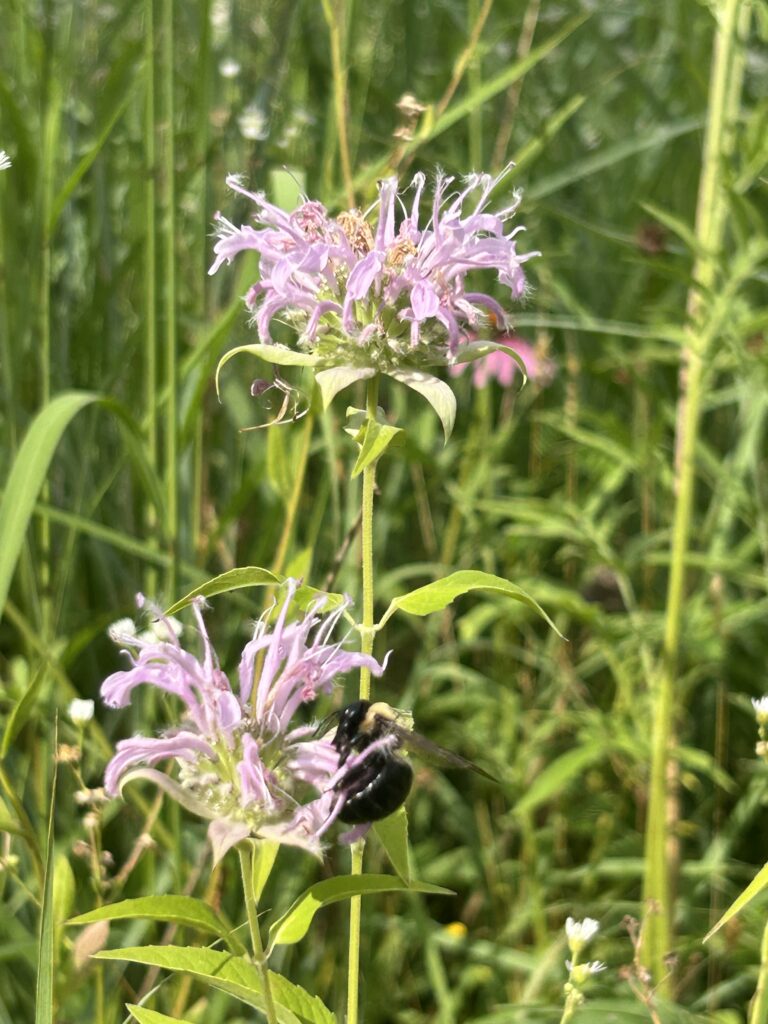
If you want a garden, farm, or native meadow that thrives without constant chemical input, start by attracting the right insects. Pollinators like bees and butterflies are essential for seed and crop production, while natural pest predators such as parasitic wasps and hoverflies keep destructive bugs in check. The best way to bring these “good […]
Perennials that Support Pollinators Through the Seasons

When it comes to supporting pollinators, the challenge is consistency. Many gardens and restoration sites overlook critical windows, particularly early spring and late fall, when food scarcity can disrupt breeding, migration, or overwintering success. Perennial pollinators are native plants that provide nectar and pollen year after year. These long-lived wildflowers offer reliable food sources for […]
How to Attract Pollinators with Your Landscaping
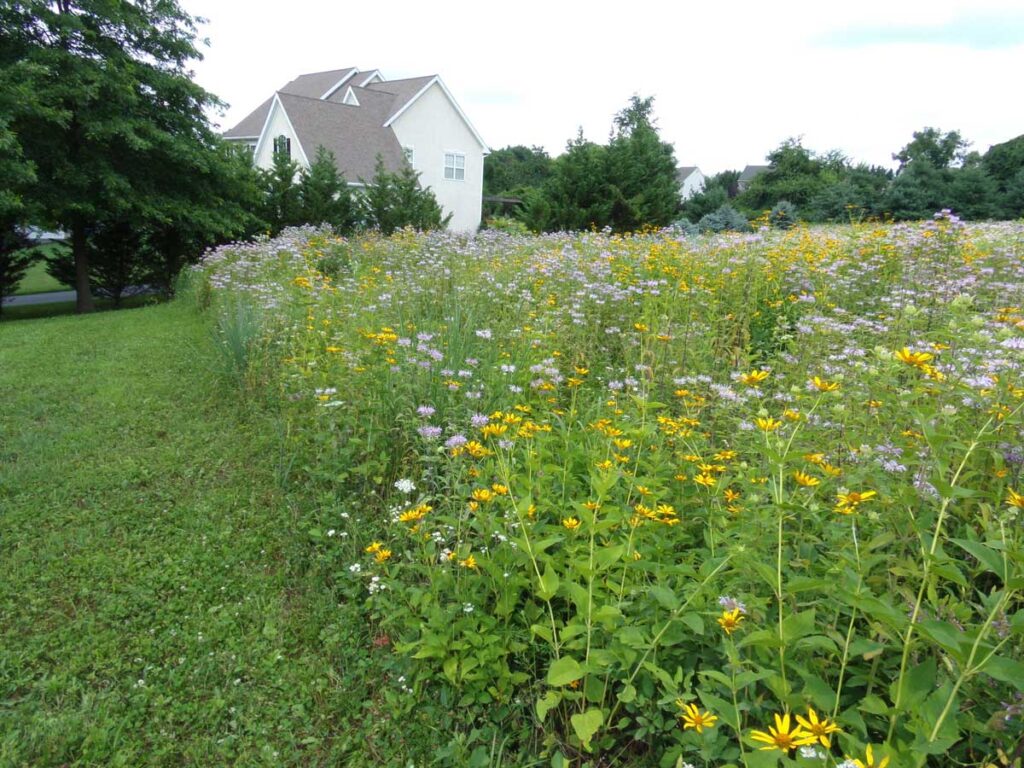
A garden full of beautiful wildflowers is a critical source of nutrition for pollinators, but it isn’t the only thing they need to thrive. Bees, butterflies, hummingbirds, and other beneficial insects also require nesting sites, shelter, and safe, pesticide-free spaces to feed and reproduce. If you’re serious about attracting pollinators, you’ll need a landscape designed […]
The Importance of Native Plants: How They Support Local Wildlife

Without native plants, entire ecosystems begin to unravel. Pollinators struggle to find food, birds lose nesting habitats, and biodiversity declines. Wherever development and invasive species threaten native landscapes, prioritizing local plant species is one of the most effective ways to support wildlife and maintain ecological stability. In this guide, we’ll examine the subtle relationships between […]
How Sunflower Pollen Reduces Parasites in Bumblebees

Bumblebees are essential pollinators, but their populations are declining due to habitat loss, pesticides, climate change, and parasites. Among these threats is the gut parasite Crithidia bombi. This parasite can weaken bumblebee immune systems, reduce foraging efficiency, and even threaten colony survival. Recent research highlights sunflower pollen as a natural defense against C. bombi. Unlike […]
Preparing Native Plantings During the Dormant Season

The dormant season, spanning from late fall through early spring, is a rest period for most plants in the northeastern United States. While growth slows or ceases, this time presents key opportunities for landscape architects, conservationists, and native plant enthusiasts to prepare for the next growing season. Contrary to the perception that winter is a […]
Everything You Need to Know Brush Layering
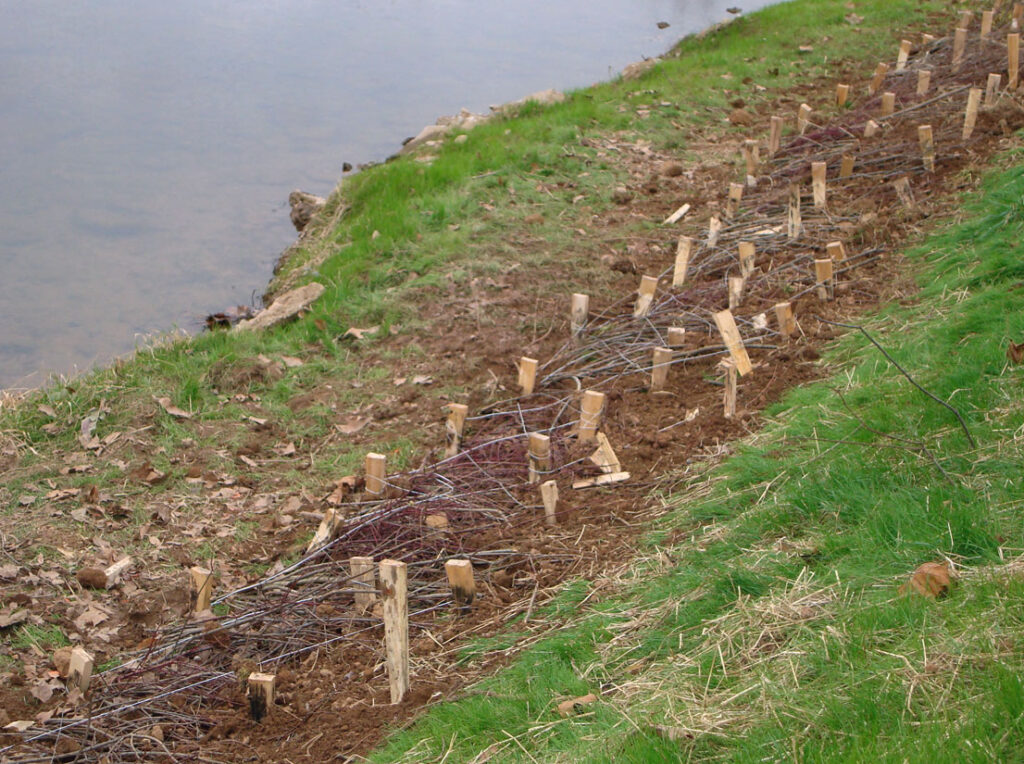
Soil erosion is a significant challenge in conservation, particularly in areas where steep slopes, streambanks, or disturbed lands are exposed to wind and water. Left unchecked, erosion can degrade ecosystems, disrupt waterways, and threaten native plant and animal species. One effective method for stabilizing these vulnerable landscapes is brush layering, a natural erosion control technique […]
Bioengineering Techniques for Erosion Control
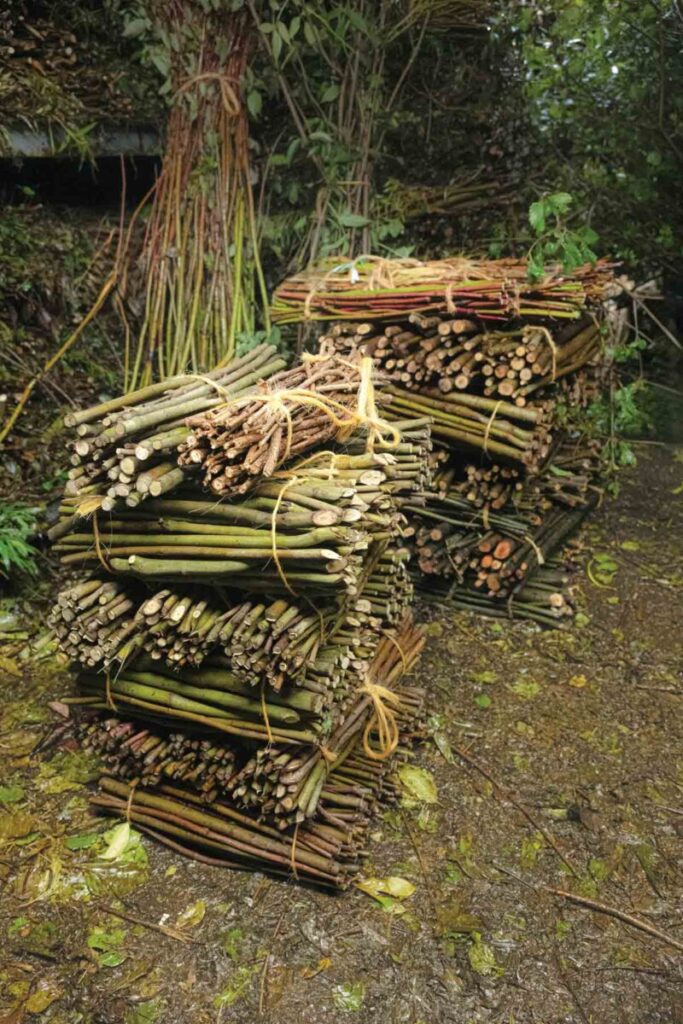
Erosion control is the practice of stabilizing soil. It’s critical for preserving biodiversity, water quality, and overall soil health in your meadow or landscape. There are many ways to achieve erosion control. Some methods involved hard engineering using large equipment, concrete, artificial barriers, and expensive tools. However, bioengineering techniques for erosion control can be just […]
Best Trimming Practices for Overwintering Pollinators
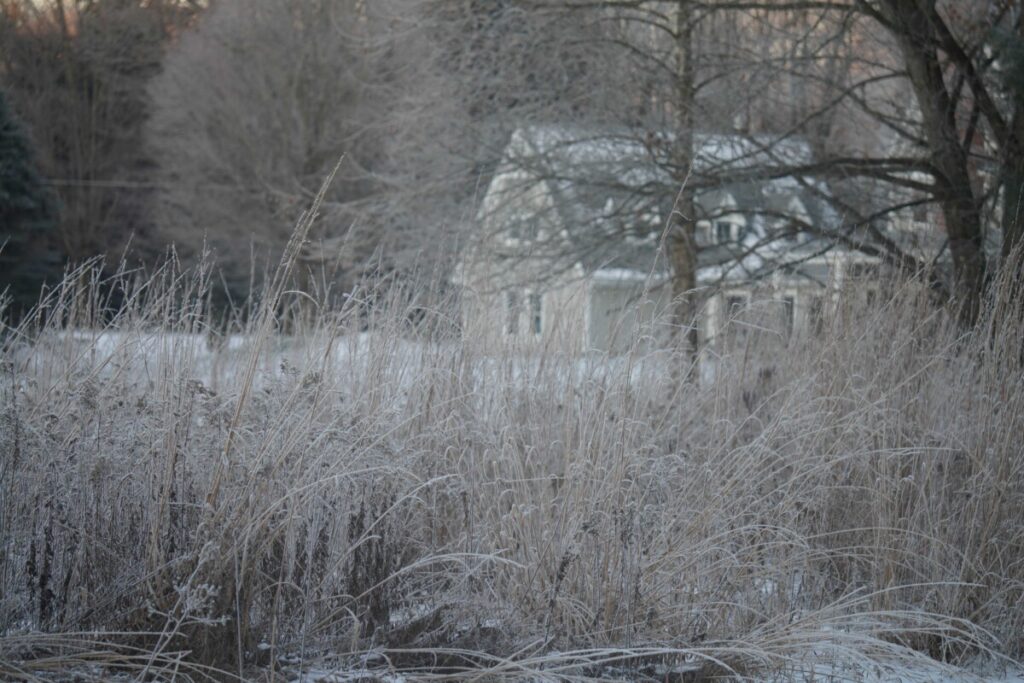
While you’re hopefully bundled up in a warm place reading this blog, the pollinators that support our local ecosystems don’t have this luxury. They rely on overwintering strategies for shelter and insulation during the cold months. Overwintering is a general term that describes how various species survive the cold. IIt’s not a universal strategy, but […]
Native Meadows vs. Traditional Lawns
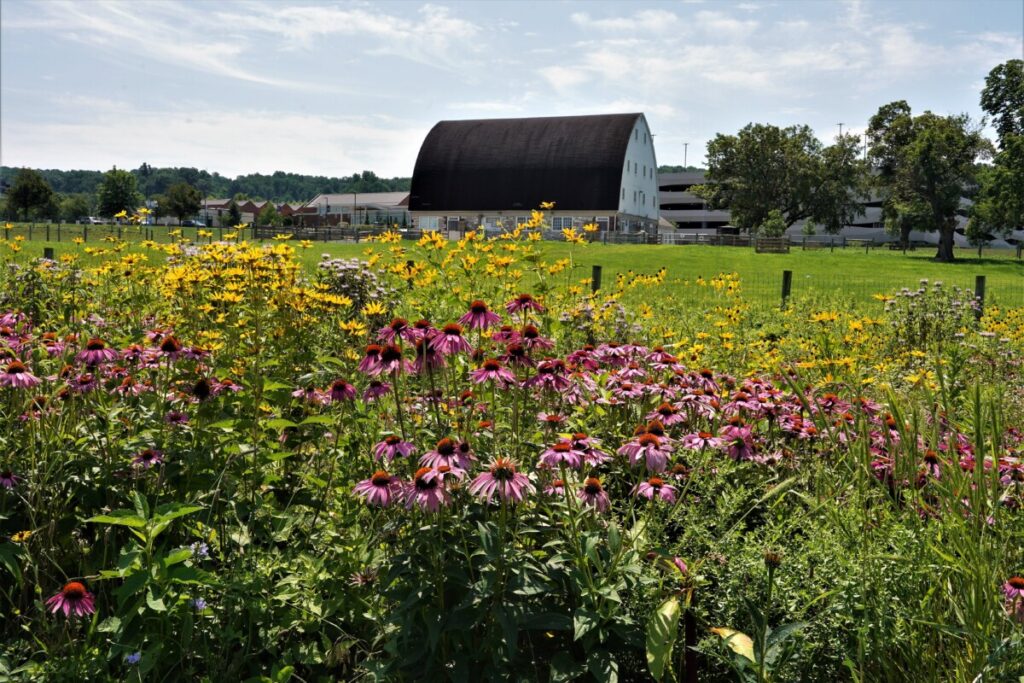
A traditional lawn is a homogeneous area composed of non-native grass species. With a uniform appearance that provides a specific aesthetic, lawns are appropriate for recreation or social space. However, they can be more demanding on the ecosystem and those trying to maintain them. If you’re looking for an alternative to a traditional lawn, a […]
